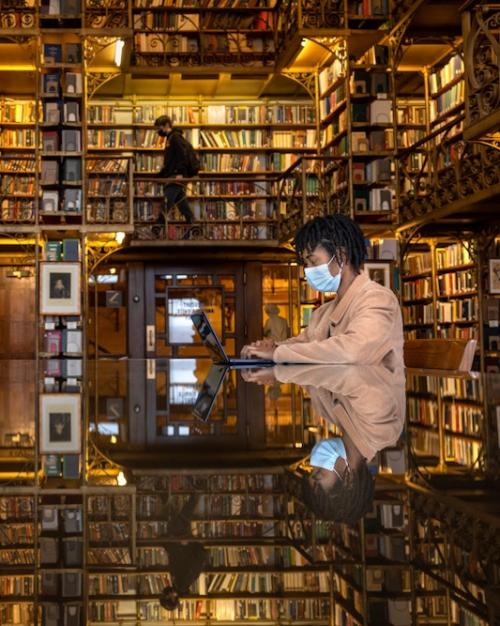This story in National Geographic tells of researchers at Cornell and other universities who recently published a guide to help astronomers detect alien apocalypses — whether it’s the chemical signature of a world filled with rotting corpses, the radioactive aftermath of nuclear warfare, or the debris left over from a Death Star scenario where an entire planet gets blown to bits.
“One of the concepts that we came up with was detecting the presence of life by detecting its own destruction,” says Jack O’Malley-James, an astrobiologist and research assistant at Cornell's Carl Sagan Institute and one of the authors of the paper. “On top of telling us that there's life out there, it also would give us a clue as to how common or rare we are as a civilization—and how long we could expect our civilization's lifetime to be.”




